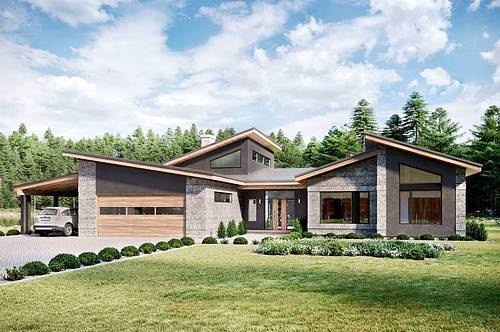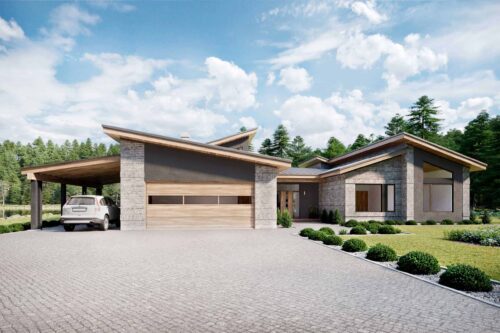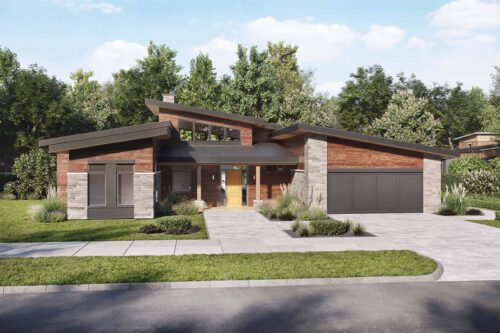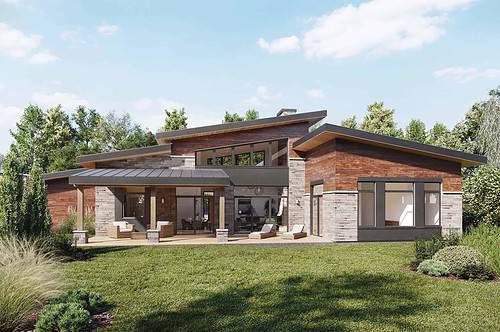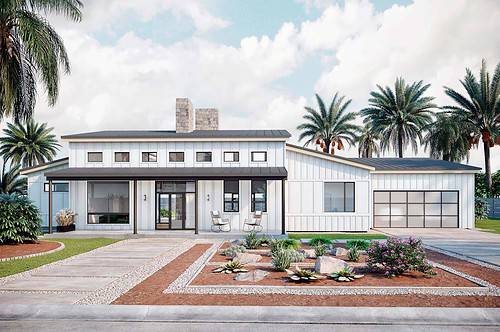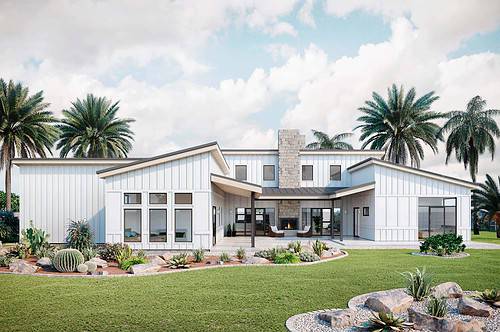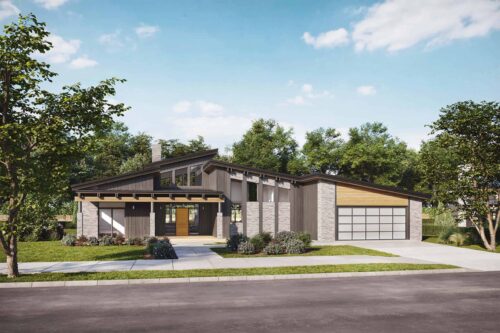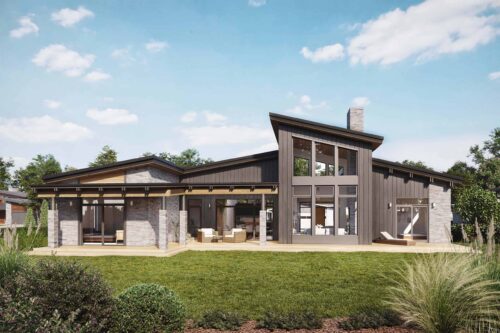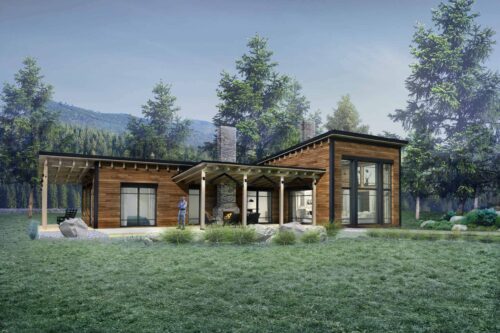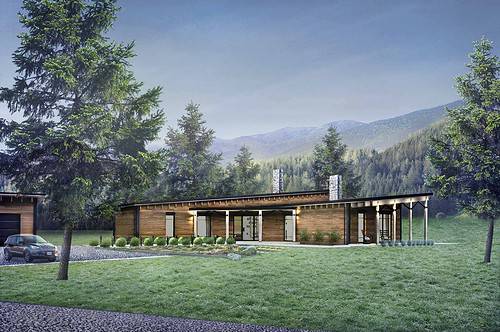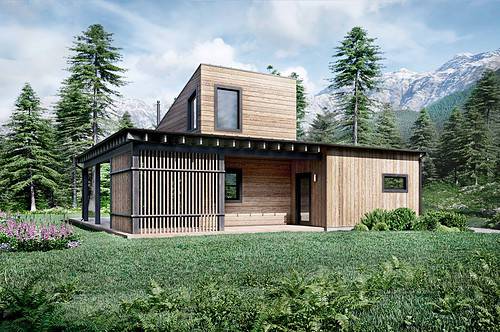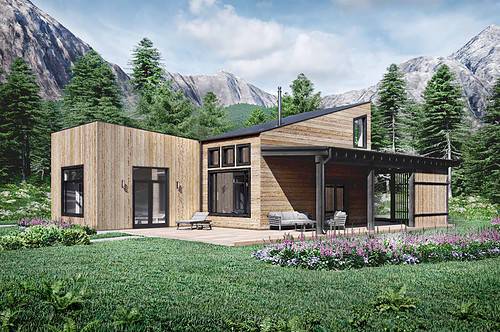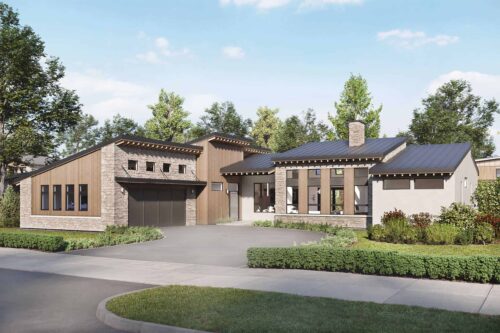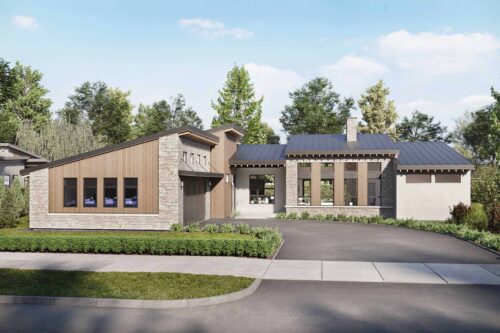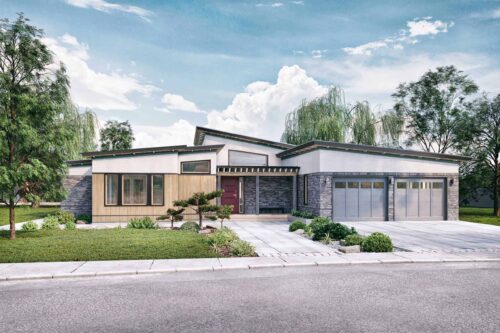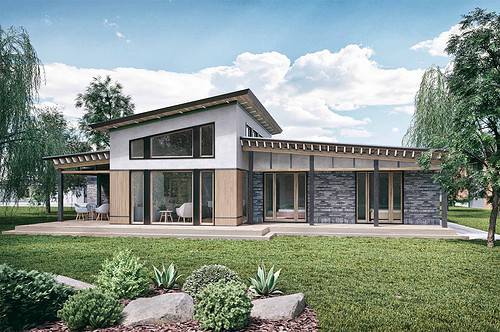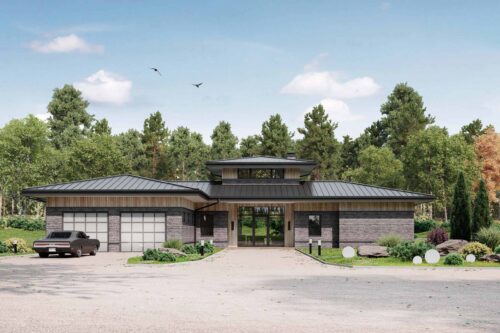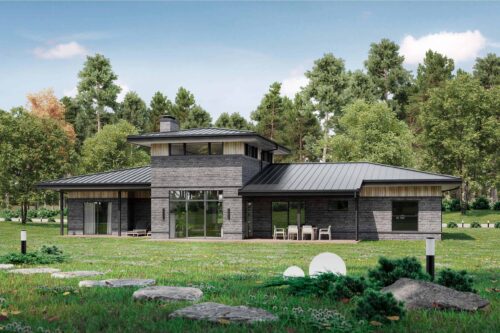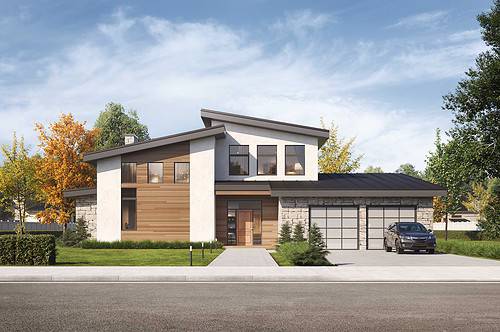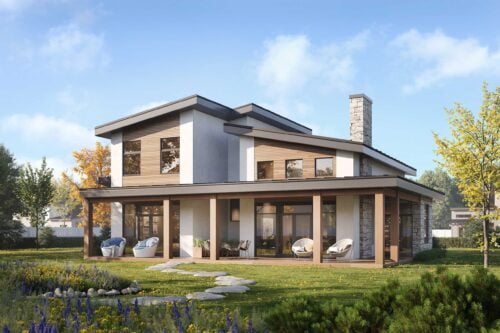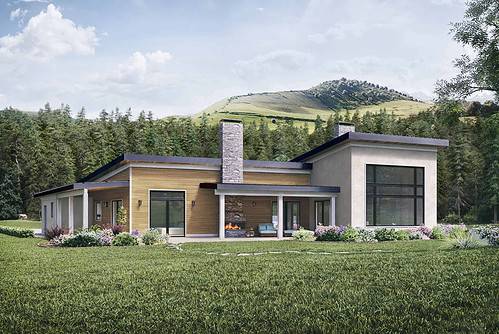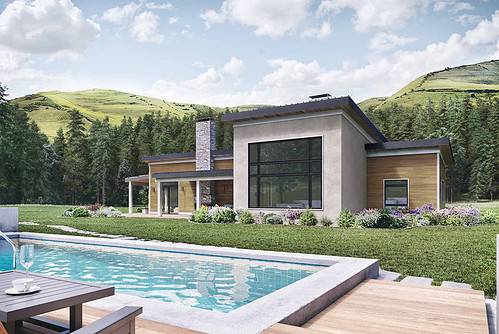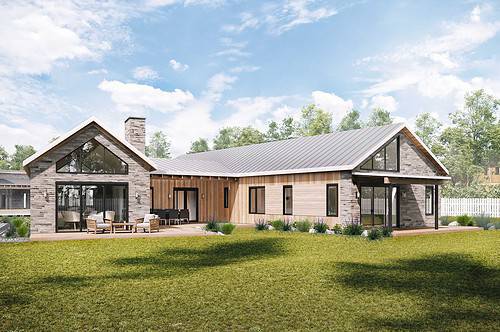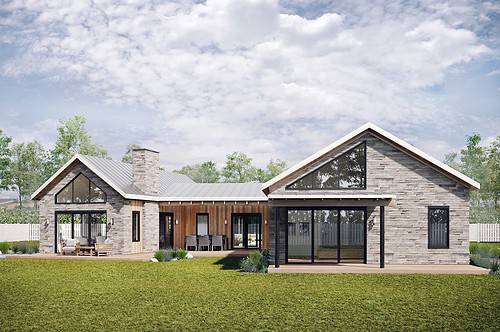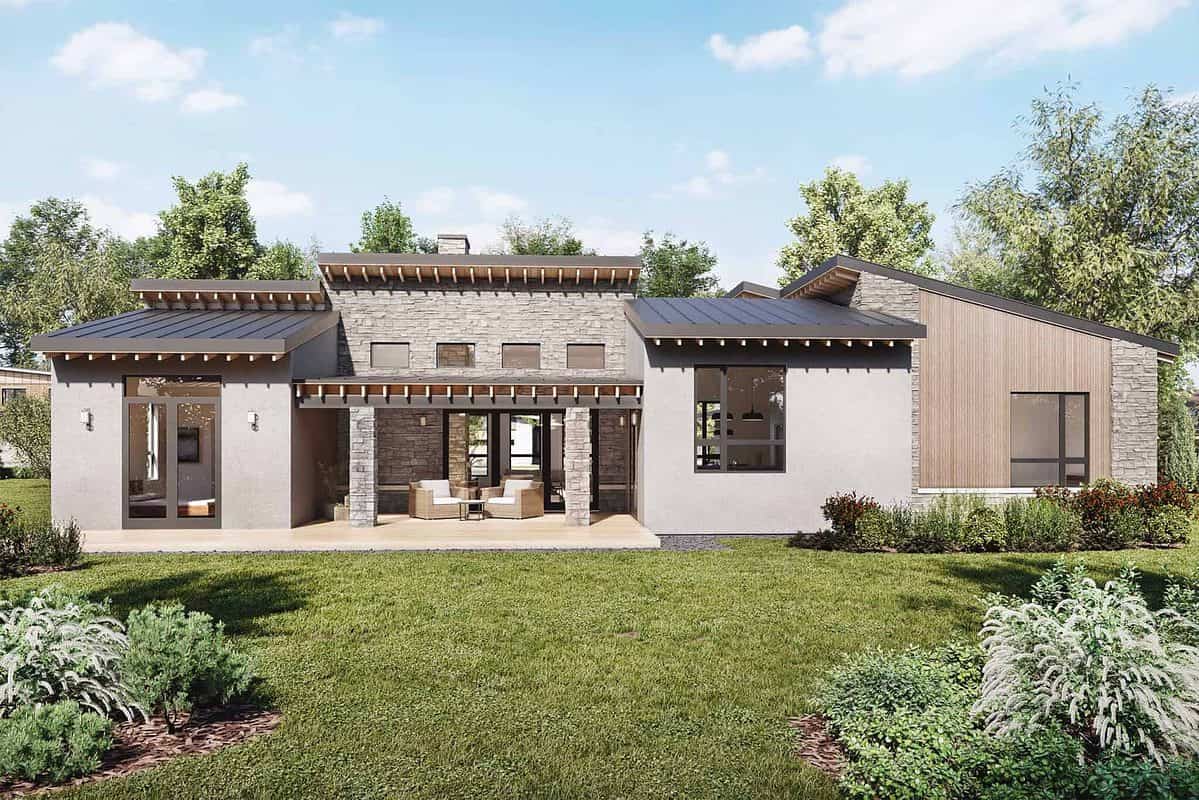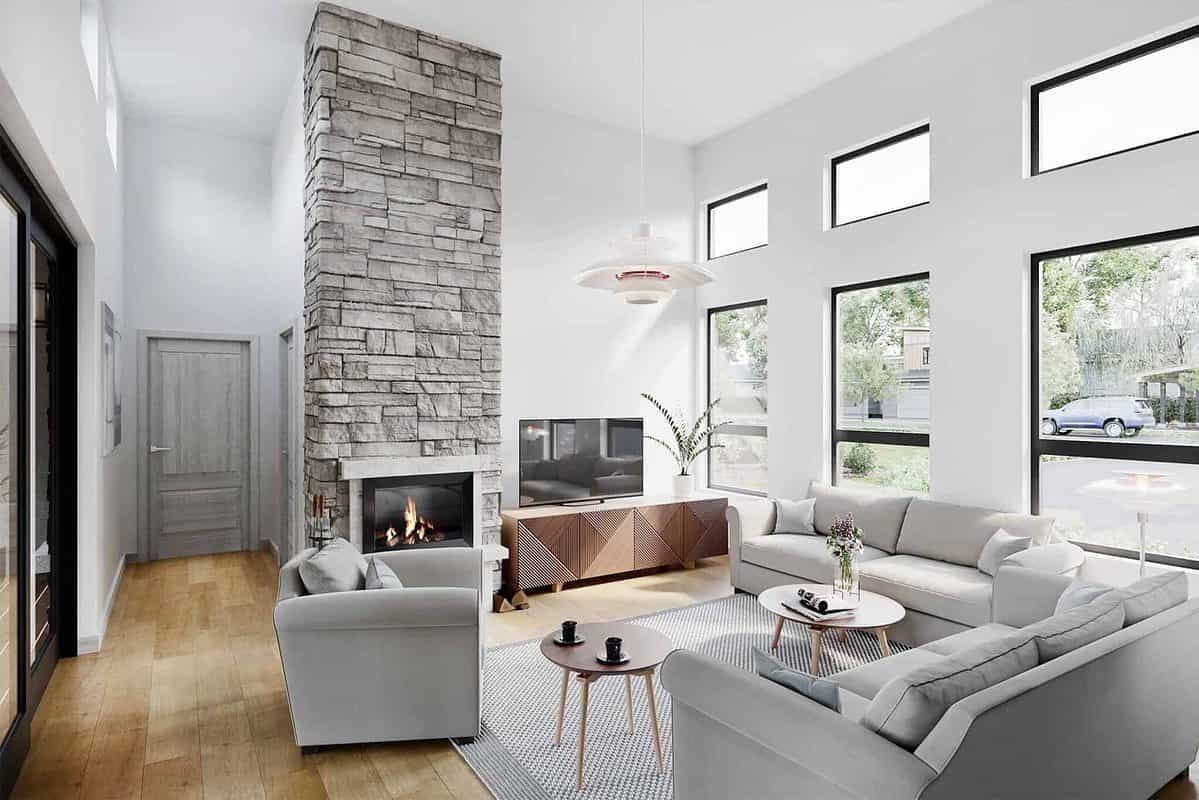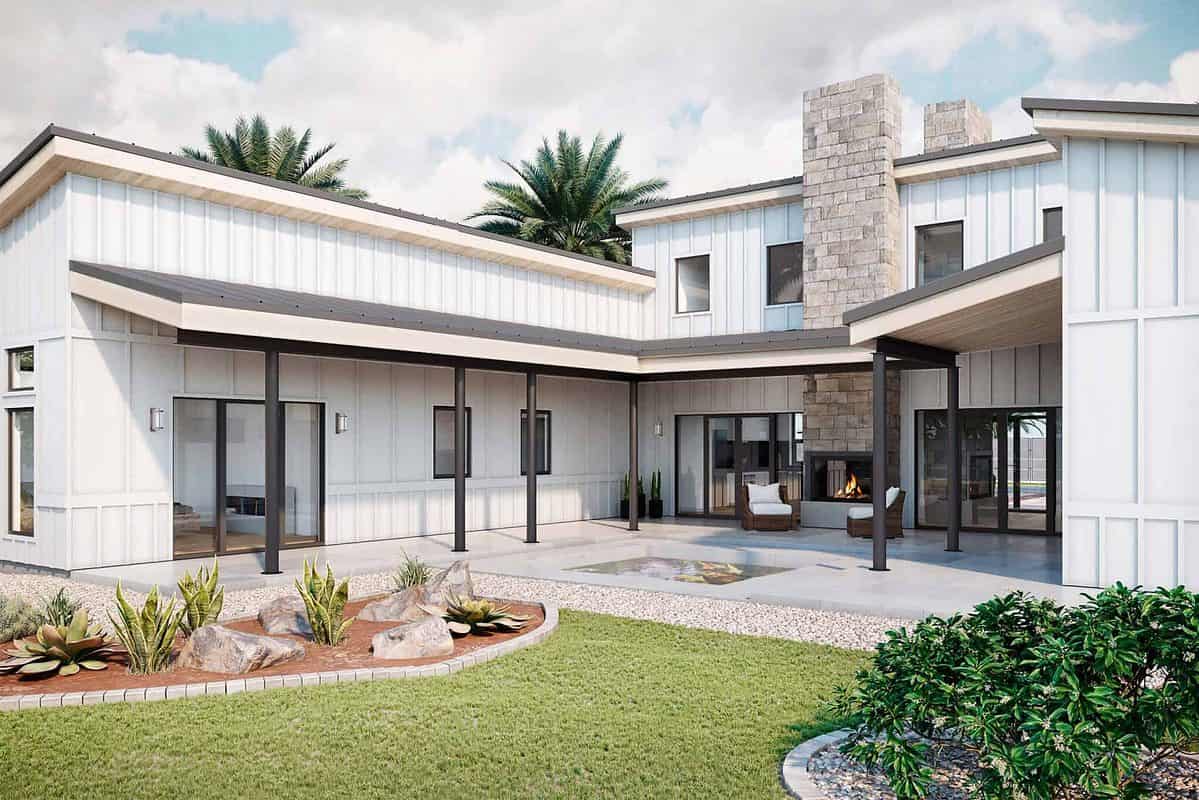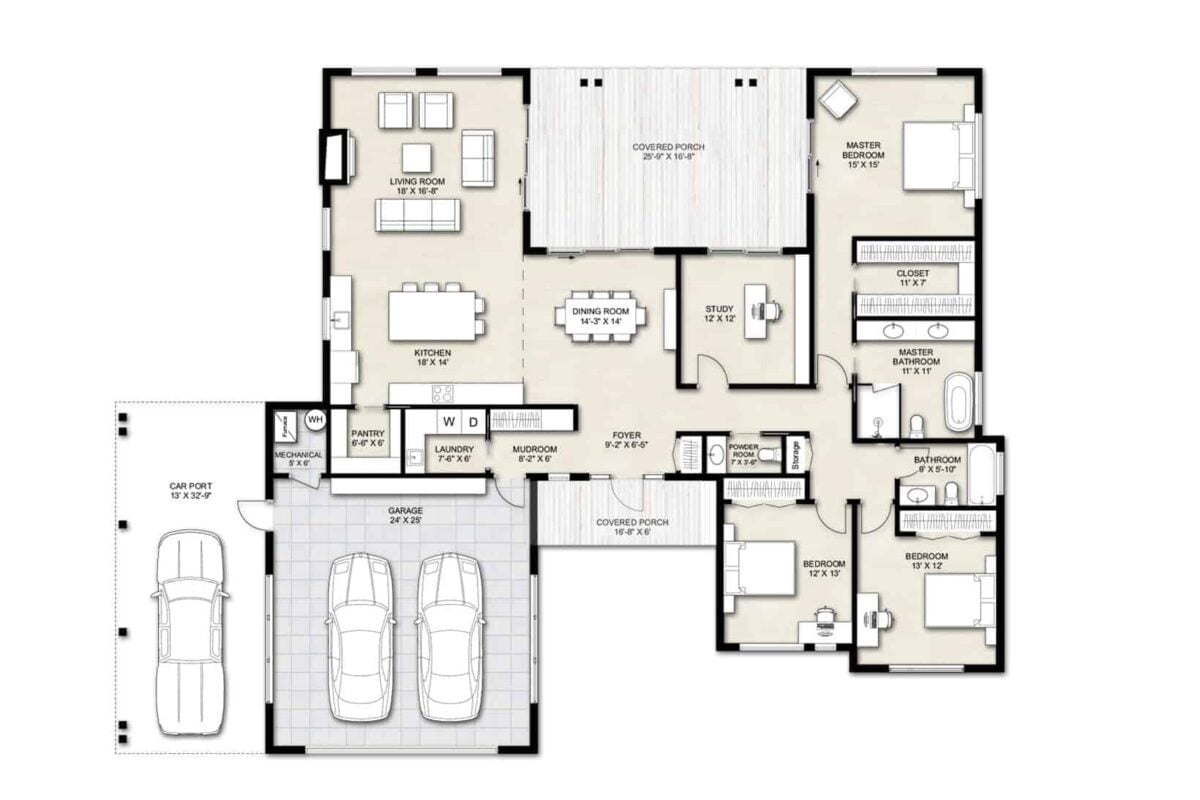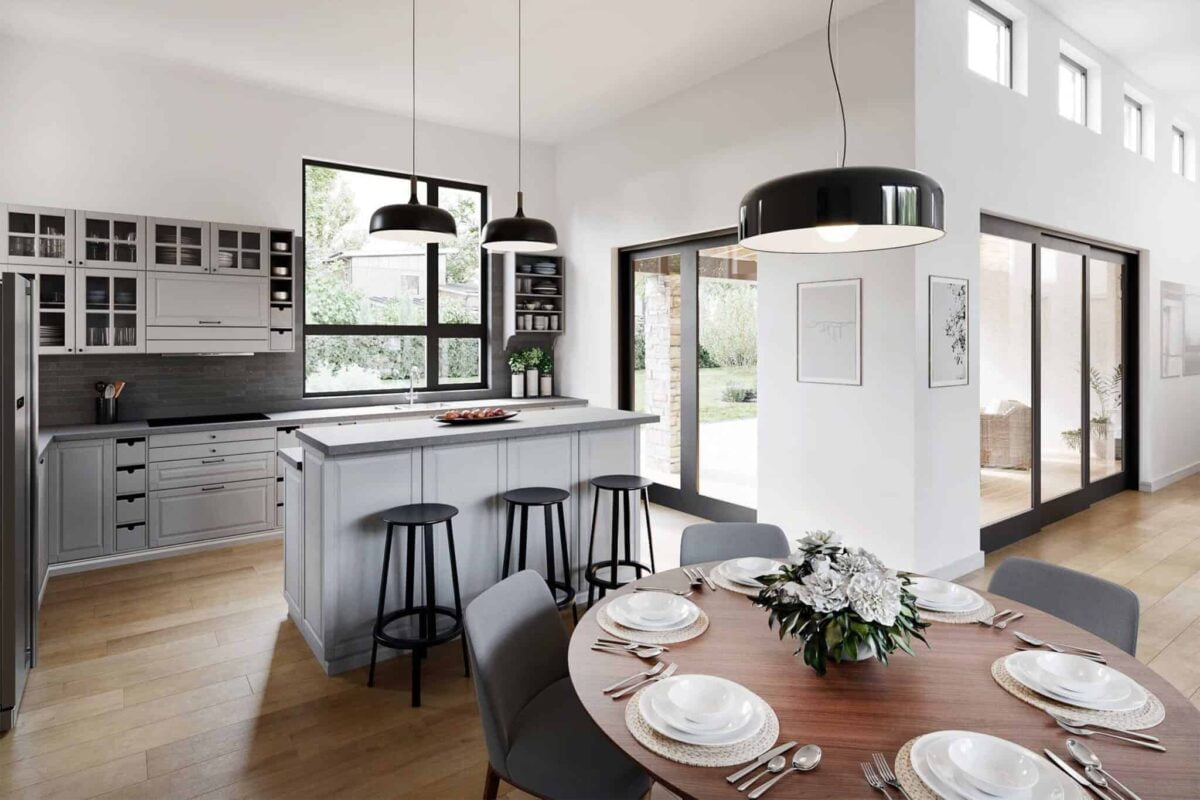No products in the cart.
Examples of Small 3 Bedroom House Plans
Let’s now quickly look at some examples of small 3 bedroom house plans that you can consider. Some of these include:
1. The Craftsman 3 Bedroom Plan
This plan offers a cozy, intimate atmosphere with a spacious living area, a kitchen/dining area, and three bedrooms. The main bedroom has a private bathroom, and there is a large, covered porch for outdoor entertaining. This plan requires a minimum of 1,150 square feet of living space and is best suited for a flat or slightly sloped lot. Depending on the materials used and the complexity of the design, this plan may cost anywhere from $100 – $200 per square foot.
2. The Modern 3 Bedroom Plan:
This plan offers a sleek and modern feel with an open floor plan and minimalistic furnishings. The three bedrooms are located on the second floor, with each bedroom having its own attached bathroom. This plan requires a minimum of 1,400 square feet of living space and is best suited for a flat or slightly sloped lot. Depending on the materials used and the complexity of the design, this plan may cost anywhere from $125 – $225 per square foot.
3. The Cottage 3 Bedroom Plan
This plan offers a rustic feel with a large, open common area and three bedrooms. The main bedroom has a private bathroom, and the two other bedrooms share a full bathroom. This plan requires a minimum of 1,200 square feet of living space and is best suited for a flat or slightly sloped lot. Depending on the materials used and the complexity of the design, this plan may cost anywhere from $105 – $205 per square foot.
4. The Ranch 3 Bedroom Plan
This plan offers a traditional ranch style with three bedrooms located off a main hallway. The main bedroom has a private bathroom, and the other two bedrooms share a full bathroom. This plan requires a minimum of 1,100 square feet of living space and is best suited for a flat or slightly sloped lot. Depending on the materials used and the complexity of the design, this plan may cost anywhere from $95 – $195 per square foot, making classifiable under low cost small 3 bedroom house plans.
5. The Contemporary 3 Bedroom Plan
This plan offers a modern, contemporary design with an open floor plan and minimalistic furnishings. The three bedrooms are located on the second floor, with each bedroom having its own attached bathroom. This plan requires a minimum of 1,500 square feet of living space and is best suited for a.



